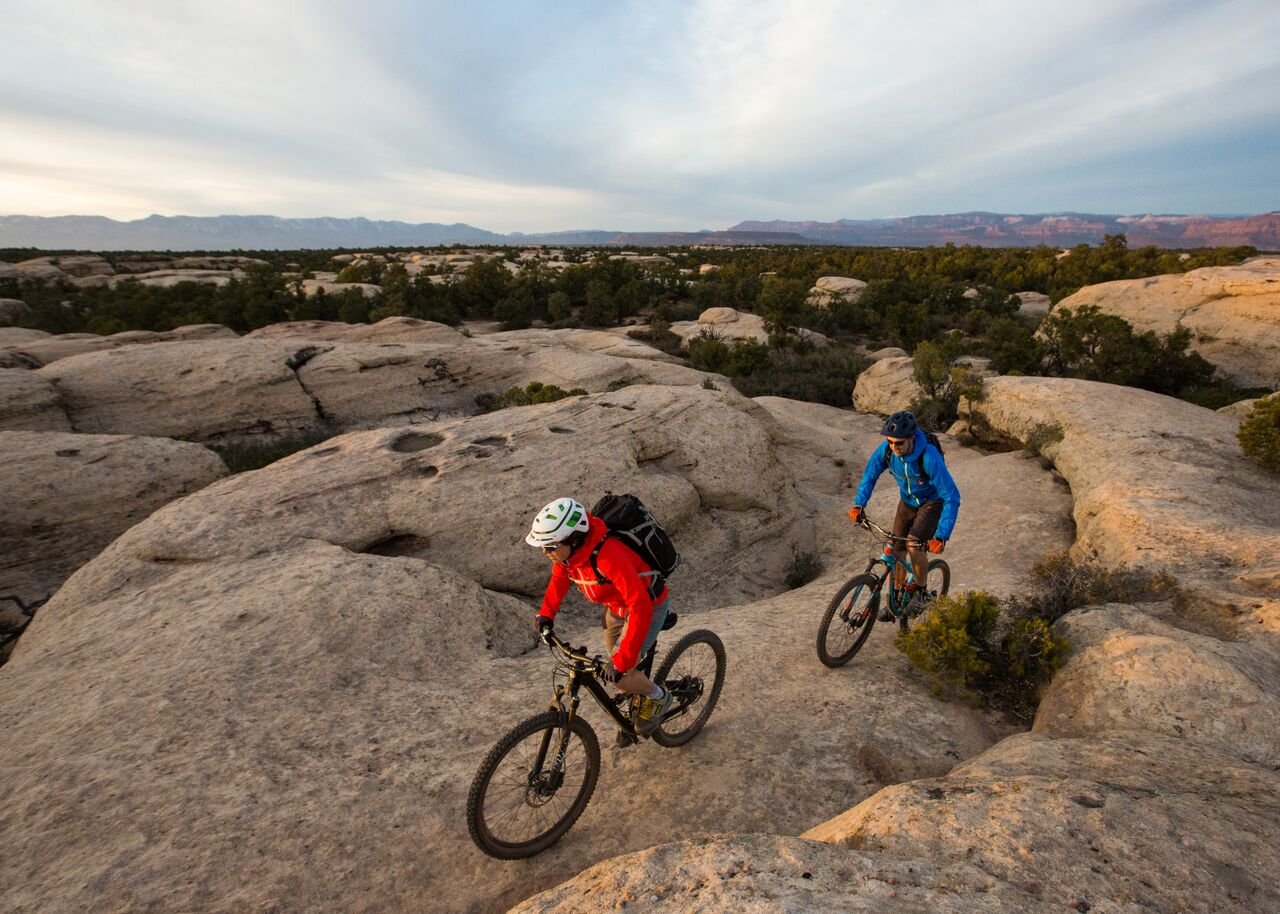Bureau of Land Management’s Blueprint Will Improve Outdoor Recreation Experiences
Photo credit: Leslie Kehmeier for the Bureau of Land Management
As demand for outdoor recreation opportunities grows, land management agencies will need both the vision and resources to meet these growing needs.
In September, the Bureau of Land Management (BLM) released its Blueprint for 21st Century Outdoor Recreation. This blueprint offers a vision of improving and expanding high-quality outdoor recreation opportunities on the 245 million acres of public lands that the BLM manages.
BLM lands are beloved among outdoor recreationists for their vast resources but also for, as the agency puts it, “the relative freedom people enjoy shaping their own experiences.” In contrast with National Park land and most Forest Service land, dispersed camping is allowed and encouraged on the vast majority of BLM land, and there are often fewer crowds and greater chances for exploration. BLM lands are especially popular for mountain biking, climbing, hunting and fishing, and motorized use.
The blueprint shared by the BLM has four major pillars. You can read our full response and feedback to the BLM on the blueprint here, and below are summaries of the pillars and opportunities to improve outdoor recreation.
Grow and Diversity Resources for BLM Recreation
As demand for recreation grows, the BLM will need concerted resources to meet this demand. The BLM will need to leverage resources from current funding streams, such as the Great American Outdoors Act and the Inflation Reduction Act. The BLM will also explore user fees as a way to supplement recreation funding, a strategy that Outdoor Alliance has suggested the agency approach with caution and with public input.
Prioritize and Embrace Partnerships
The BLM will expand partnerships, which offers opportunities for on-the-ground, including Outdoor Alliance member groups, to share their knowledge about recreation on BLM lands. Outdoor Alliance’s GIS data, the most comprehensive existing system of outdoor recreation data, can also aid the BLM in planning for outdoor recreation.
Expand Outreach and Establish a Culture of Inclusion
The BLM plans to foster an inclusive and welcoming environmental for diverse visitors to public lands and waters. Part of this pillar is to better promote outdoor recreation on BLM lands, focusing on outreach around outdoor recreation, which will be a shift from more passive management of recreation activities.
Meet the Demand, Protect Resources, and Improve Access
The BLM plans to improve recreation planning as well as visitor use monitoring and data—crucial information that will help the agency both understand and plan around recreation on BLM lands. Better data on recreation will also help prevent conflicts with oil and gas leasing or other development, and will help the agency target potential conservation efforts through the Public Lands rule.
Adam Cramer, Outdoor Alliance’s CEO, said, "The blueprint presents an inspiring and modern vision for BLM lands, one that aims to make access to BLM's exquisite and wild places not just sustainable, but far more equitable. From embracing data and dedicated community liaisons, to taking into account climate resilience, the blueprint has a collection of promising elements to enable a thoughtful and modern reset of BLM's approach to outdoor recreation. We are excited for the path ahead."
You can learn more about the blueprint from the BLM right here and our letter to the BLM with feedback on the blueprint here.

